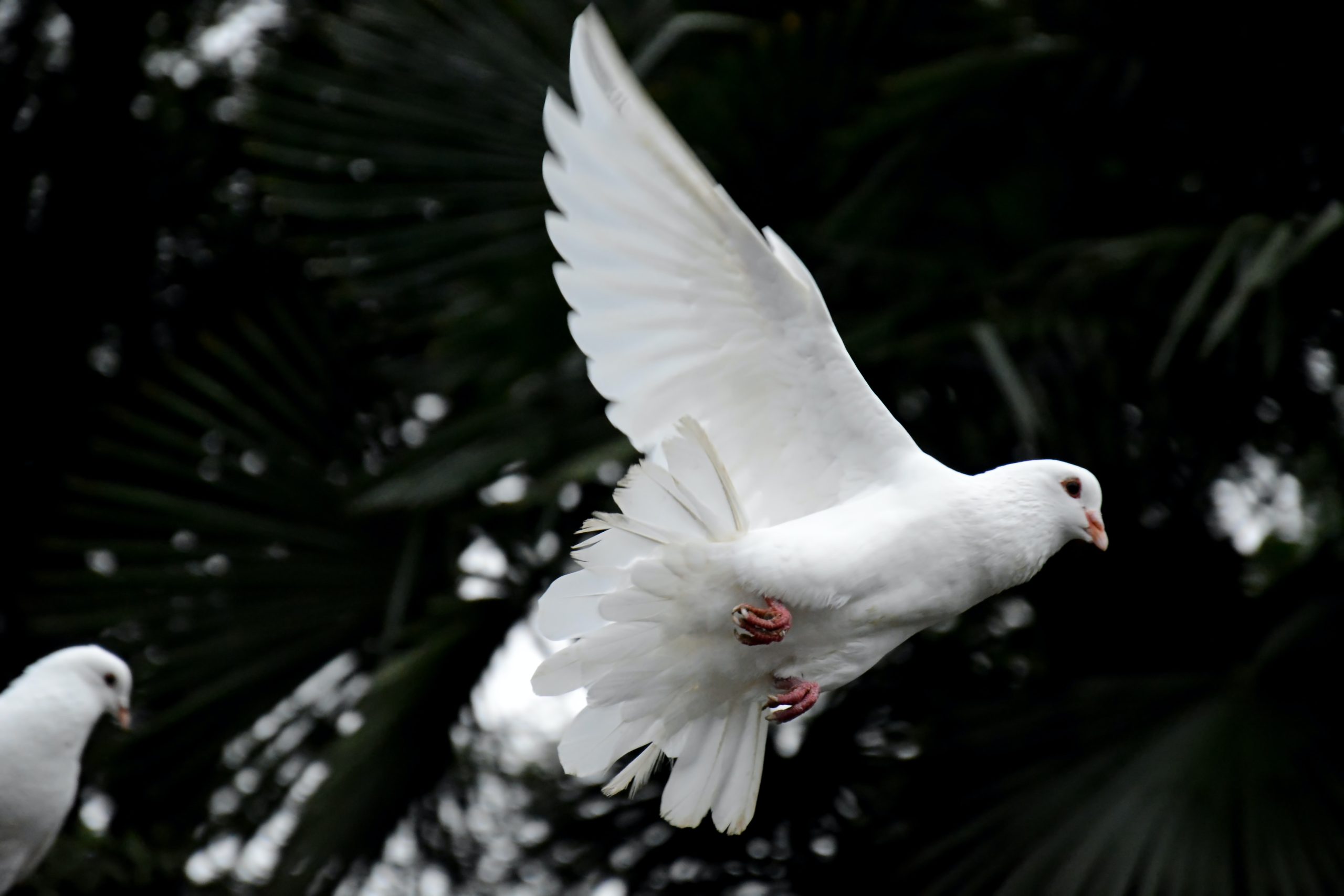Walruses have a relatively long lifespan, with some individuals living up to 40 years in the wild. The life cycle of a walrus begins when a female gives birth to a single calf, typically weighing between 50 and 100 kilograms. Calves are born on land or on ice floes in the spring and are nursed by their mother for up to two years. During this time, they rely entirely on their mother’s milk for sustenance, gradually weaning themselves onto a diet of clams, mussels, and other benthic invertebrates.
As juveniles, walruses begin to form social bonds with other members of their group and learn to forage on their own. Adult males, or bulls, reach sexual maturity at around 10 years of age, while females, or cows, reach maturity between 5 and 8 years old. Mating occurs in the water, with bulls vying for the attention of receptive females by displaying their tusks and engaging in vocalizations and physical combat. Once a female has conceived, she will carry her developing fetus for approximately 15 months before giving birth.
The Behavior of the Walrus
Walruses are known for their gregarious nature and are often observed in large herds of hundreds or even thousands of individuals. These social groups are segregated by sex and age, with females and their young forming separate herds from adult males. Within these herds, walruses exhibit a variety of social behaviors, including vocalizations, physical contact, and play.
One of the most unique behaviors of the walrus is its use of tusks. These elongated teeth, which can grow up to a meter in length, are used for a variety of purposes, including defense, digging for food, and helping the walrus haul itself out of the water onto ice floes or land. Male walruses also use their tusks to establish dominance and attract females during the mating season.
Walruses are primarily benthic feeders, meaning they forage for food on the ocean floor. They use their sensitive vibrissae, or whiskers, to detect prey buried in the sediment and are known to dive to depths of up to 100 meters in search of food. They are also able to hold their breath for up to 30 minutes, allowing them to spend extended periods underwater.
Conclusion
In conclusion, the life cycle and behavior of the walrus are fascinating subjects of study, providing insights into the intricate workings of these remarkable creatures. From their long lifespan and social behaviors to their unique tusks and benthic feeding habits, the walrus remains one of the most interesting animals in the Arctic ecosystem. By learning more about their life cycle and behavior, we can gain a deeper appreciation for the importance of conserving these majestic creatures and protecting their habitat for future generations to enjoy.








